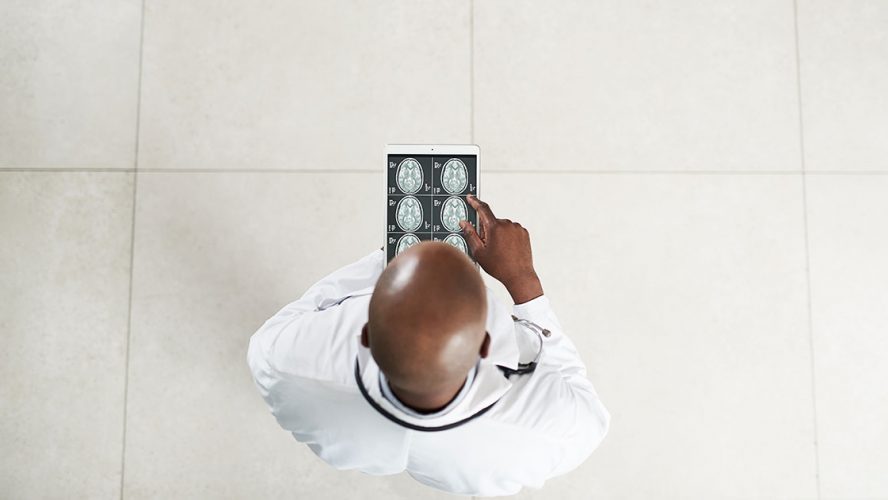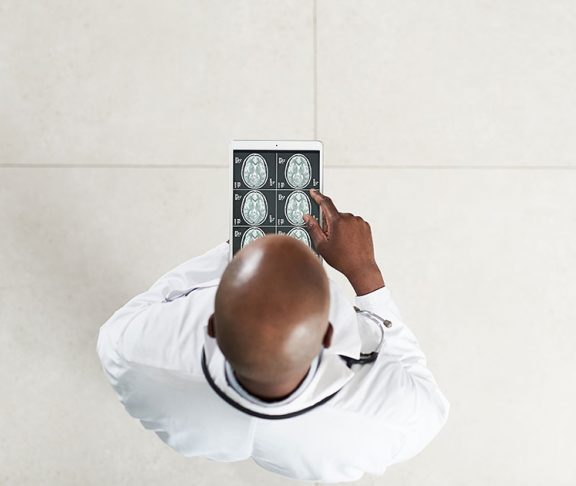
David W. Dodick, M.D., FAAN
American Brain Foundation Board Chair
Brain disease such as Alzheimer’s and Parkinson’s disease, epilepsy, stroke, migraine, and many others affect 1 in every 6 Americans and are the leading causes of disability worldwide. Mental health disorders and chronic pain, both of which are associated with functional and structural changes in the brain, affect about 100 million more Americans.
As a result, there are very few among us who are not directly or indirectly touched by brain disease. Fortunately, we have witnessed major advances in the treatment of many brain diseases and we are on the cusp of major discoveries that could lead to cures.
Below, we list a few examples that illustrate the exciting progress that has recently been made in our understanding and treatment of brain disease.
Research and treatment
The first gene therapy was approved to treat children under the age of two years with spinal muscular atrophy (SMA), a leading genetic cause of infant mortality.
Physical activity, a healthy diet, and blood pressure control, while well-known to prevent stroke, have recently been demonstrated to be effective in preventing cognitive impairment and dementia. A favorable lifestyle is even effective in preventing dementia in those who are genetically at high risk. It’s therefore important for all of us to promote healthy lifestyles for friends, family, patients, ourselves, and our community.
Major advances in stroke care were realized just within the past year. A single “polypill” (containing aspirin, a statin, and two anti-hypertensive drugs), which should improve medication compliance, was shown to significantly reduce the risk of stroke. In addition, the window of time from onset of symptoms to safe and effective intervention with clot-busting treatments has been extended.
Important advances have led to the identification of factors that predict disease course in patients with multiple sclerosis, and a number of therapies that disrupt the course of the disease have become available.
An understanding of migraine at the molecular level has led to the development and approval of an unprecedented explosion of new therapies – seven drugs and four devices – within the past several years.
The road ahead
But there is still so much work to do: while unprecedented advances in knowledge and treatment for many brain diseases have been made, we still do not have treatments that cure or even slow the progression of many brain diseases, including Alzheimer’s disease, Parkinson’s disease, amyotrophic lateral sclerosis (ALS), and malignant brain tumors.
However, we now have an understanding that the underlying mechanism of one brain disease is shared by several other brain diseases.
Therefore, the American Brain Foundation and its partner, the American Academy of Neurology (the world’s largest association of neurologists), fund research across the entire spectrum of brain diseases. They are well-positioned to realize the potential of curing many diseases through the cure of one.

